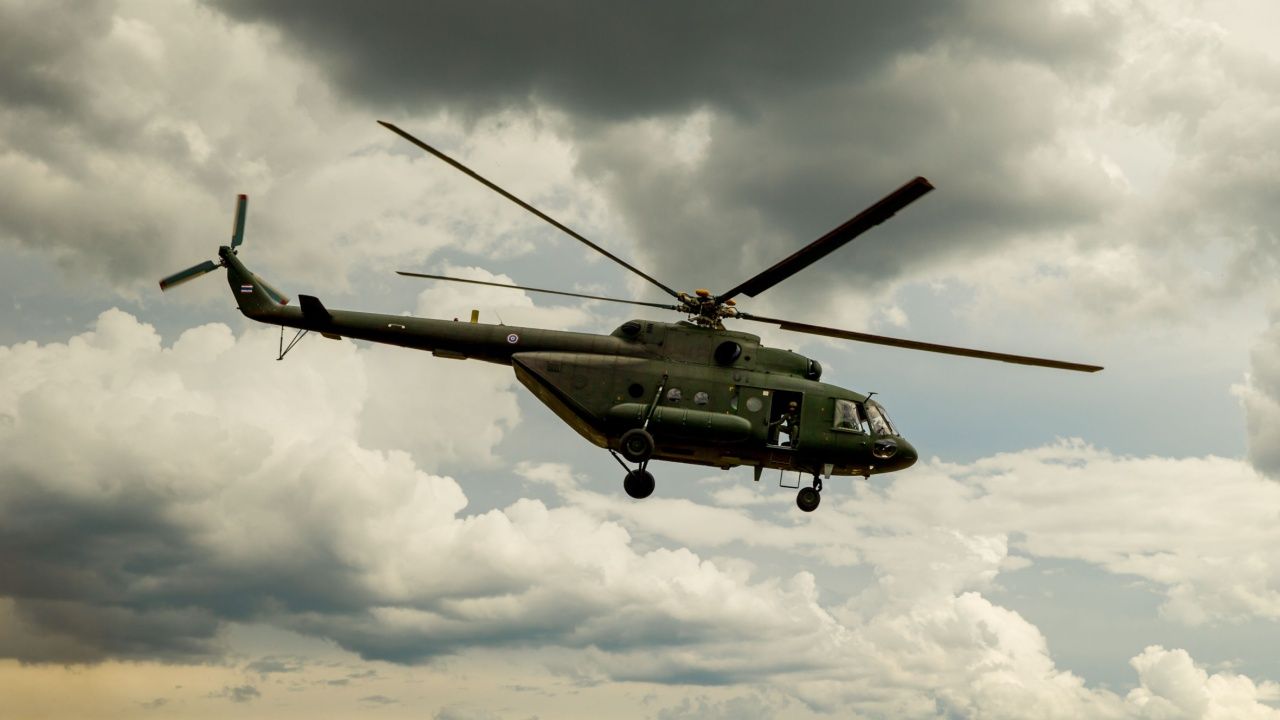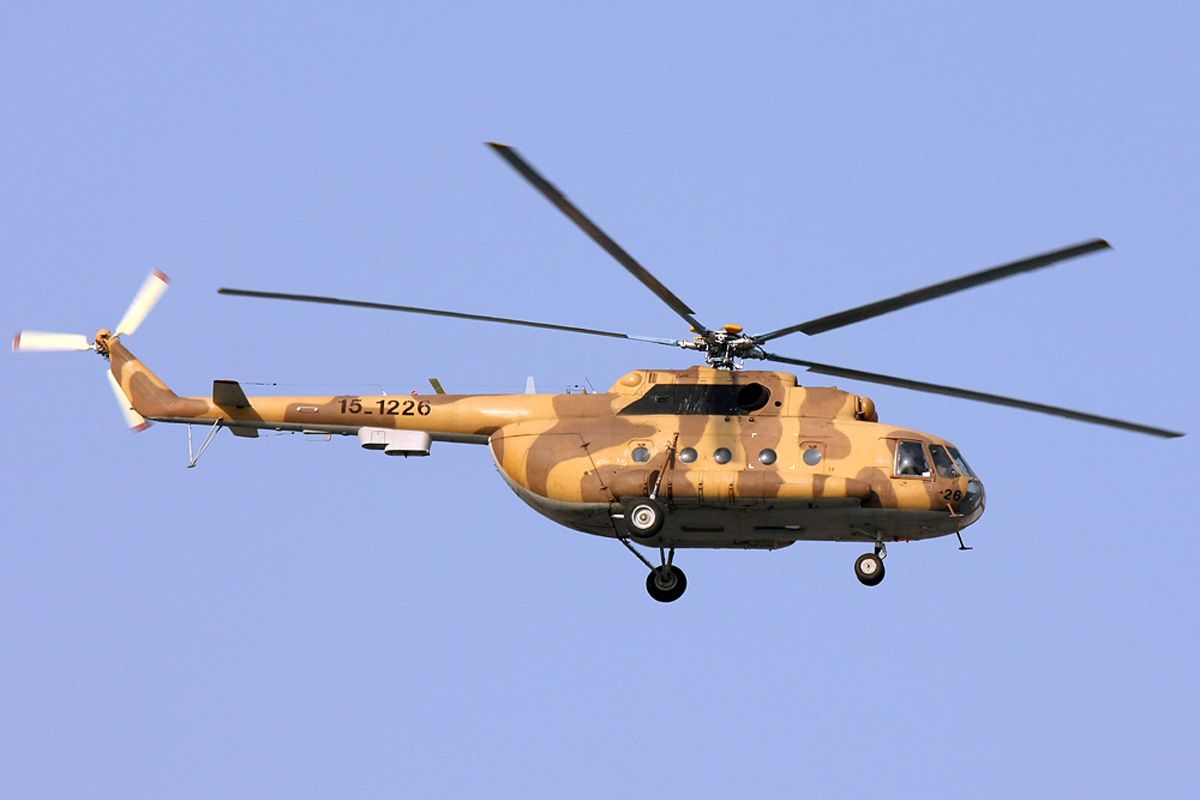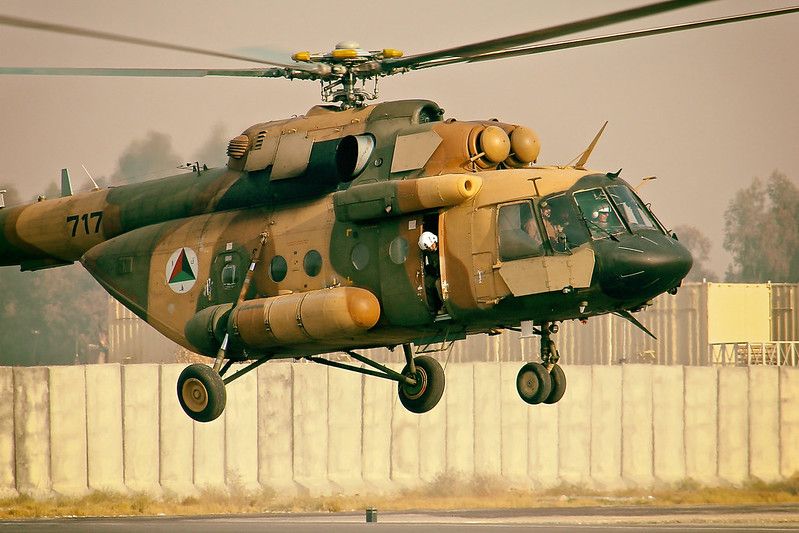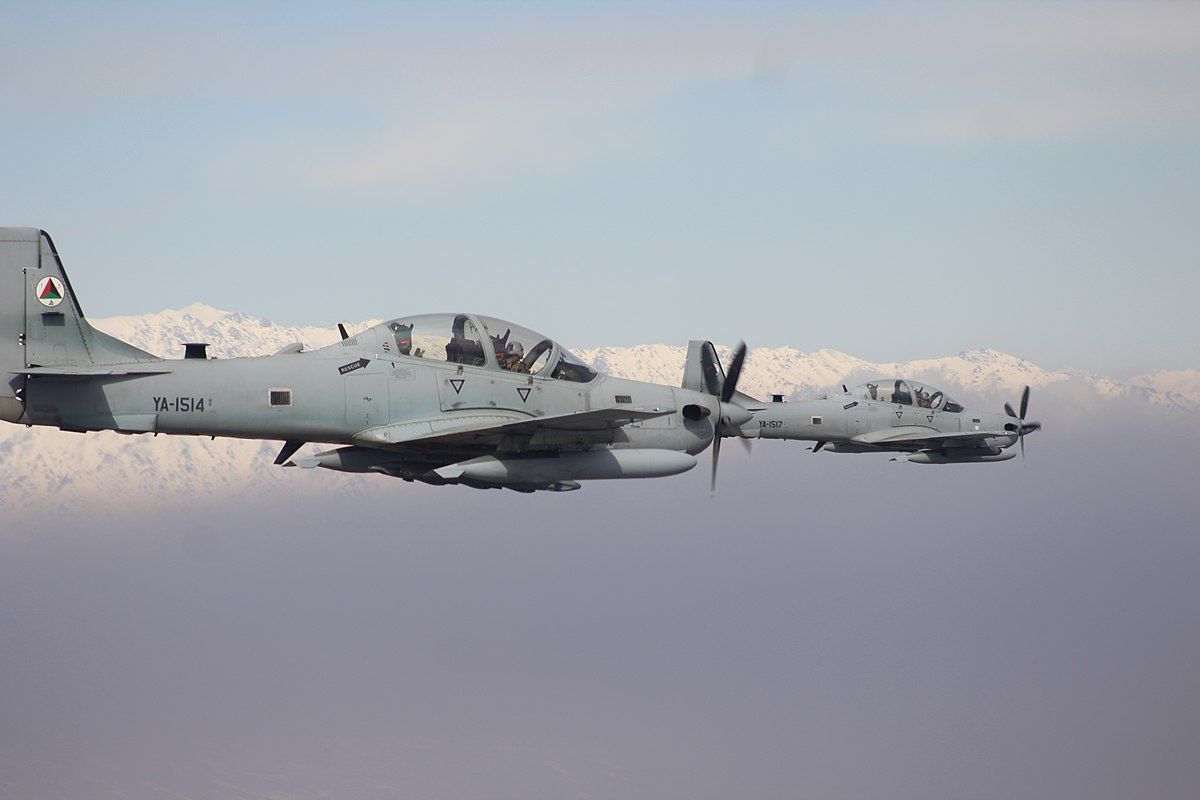Summary
- Taliban crash helicopters despite maintaining air force
- US actions resulted in Afghan aircraft destruction
- Taliban struggles to maintain and operate aircraft
A Taliban-operated Soviet-era Mi-17 helicopter has been reported crashed after it attempted an emergency landing in central Afghanistan. While international attention has largely left Afghanistan following the US-led withdrawal and the eruption of conflicts in Ukraine, Israel, Yemen, and beyond, life for the Afghans continues.
Seemingly miraculously, the Taliban pieced together an air force and kept it flying (although many machines appeared dangerous to fly). The FAA has allowed flights over Afghanistan since 2023, although governments warned against visiting the country.
Taliban-operated helicopter crash
Reuters reported that an Afghan Air Force helicopter operated by the Taliban crashed on May 15, killing one and injuring 12. Afghanistan’s Taliban-run Ministry of National Defence put out a statement saying that the Mi-17 helicopter encountered ‘technical issues’ as it was attempting to recover bodies of people who had fallen into a river in Afghanistan’s central Ghor province. Recent floods have killed hundreds of people in the northwestern part of Afghanistan, and Mi-17 utility helicopters have been used in rescue operations in the area.
After the US-led forces withdrew from Afghanistan in 2021, the Taliban (internationally regarded as an extremist Islamist movement) dramatically overthrew the Western-backed Afghan government. While the Taliban are not internationally recognized as the legitimate government, the pre-Taliban government has all but ceased to exist, and the Taliban are the de-facto government in control of the nation.
When the Taliban topped the government, they inherited much of the previous Afghan Air Force. Some of the aircraft were destroyed in the fighting, and many pilots with their aircraft fled the country. This has made it difficult to estimate the size of the Taliban Air Force (officially called the Islamic Emirate Air Force), but the helicopter crash demonstrates they are maintaining something of an air force at least.
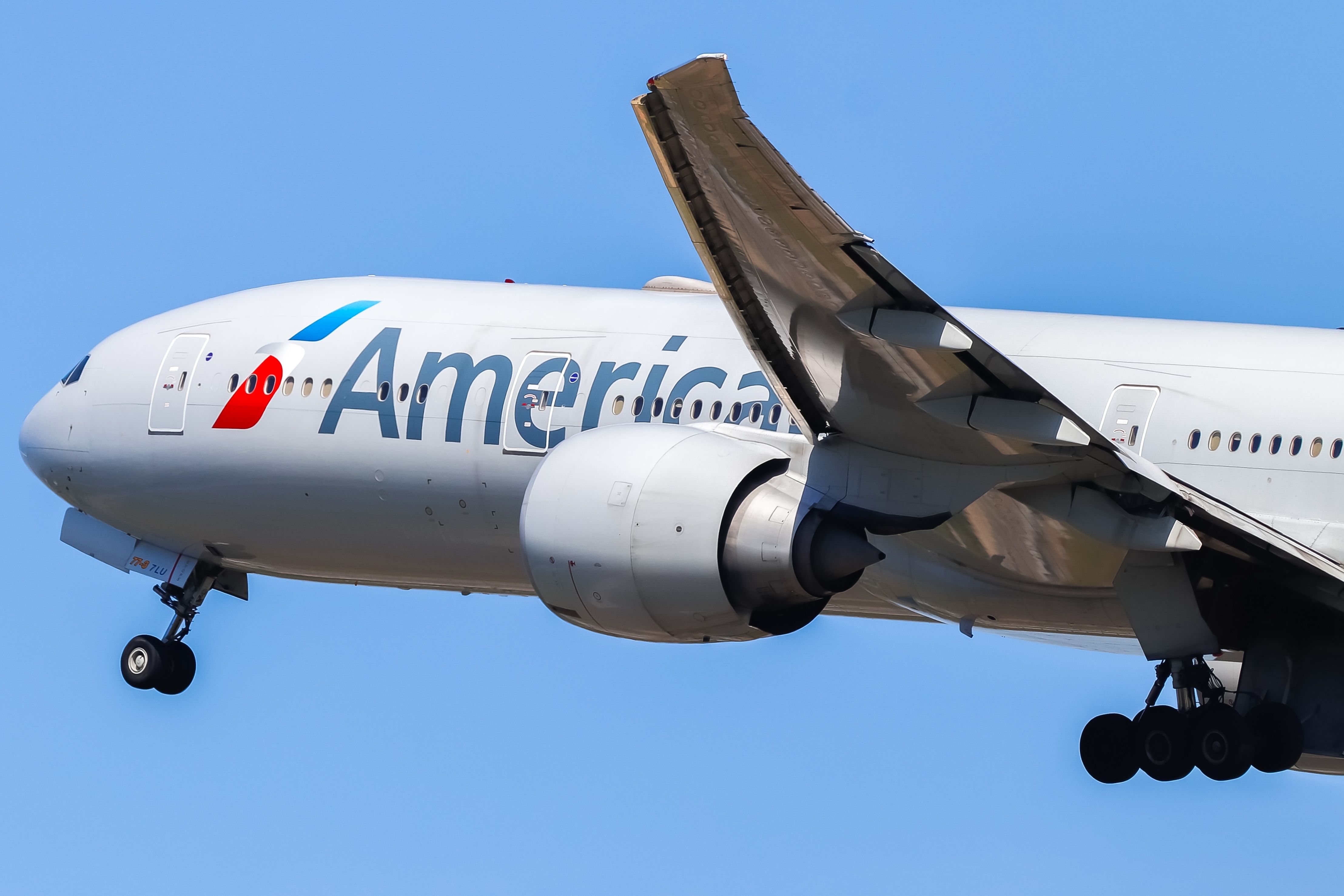
Related
Airlines Continue To Avoid Afghan Airspace Though FAA Allows It
Safety concerns about such operations are keeping airlines from flying over Afghanistan.
Flight & sledgehammering of the Afghan Air Force
In December 2020, it was reported the Afghan Air Force possessed 167 aircraft, of which 136 were operational. In the months before the fall of the Kabul government, it was estimated that Afghanistan’s operational fleet readiness had fallen to only 30% of its previous strength.
As everything collapsed and fell apart, many Afghan Air Force pilots at Kabul International Airport made their great escape and fled with many of the country’s remaining operational aircraft. According to the Air University, when Kabul fell, around 25% of all Afghan military aircraft had fled and were hundreds of miles away in Uzbekistan, Turkmenistan, and Iran.
The Oryx blog states that at least 46 aircraft are estimated to have escaped to the Termez airport in Uzbekistan and another 18 to Tajikistan. The fleeing air force carried with it over 500 pilots and air force personnel. According to the Foreign Policy, many other pilots and mechanics were left behind and reportedly went into hiding (or had fled the country by land routes).
This meant that as the Taliban came to power, over 60 aircraft had left the country and hundreds of pilots and mechanics had fled. But this wasn’t the end of it. The US, Great Britain, and other nations launched a massive air-lift operation to evacuate thousands of people from Kabul as everything fell to pieces.
In a last blow to aircraft in the country, a team of around 100 soldiers was tasked with finding remaining Afghan military aircraft remaining at Kabul International Airport and destroying them to the point of making them unusable. Curiously, the team was forbidden to use explosives and so had to make do with sledgehammers and other primitive tools. 73 Afghan aircraft were claimed to have been disabled, but further details were not provided. Some Mi-17s were on US territory at the time of the fall of Kabul. The US ended up donating them to Ukraine.
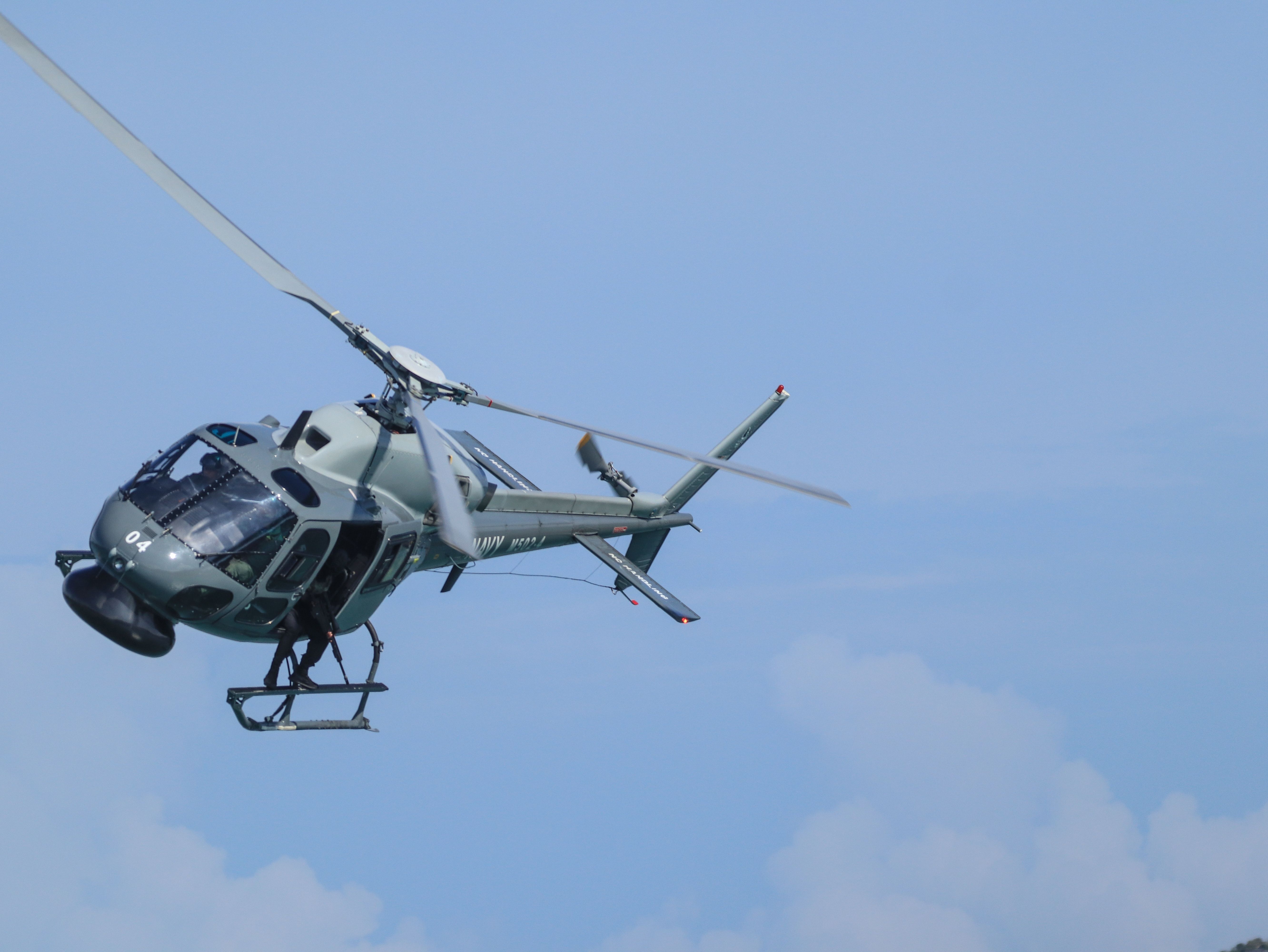
Related
Breaking: 10 Killed As 2 Helicopters Crash During Training Exercise For Royal Malaysian Navy
The incident took place at around 09:30 local Malaysia time on April 23.
The Taliban air force fledges
Despite the flight of the Afghan Air Force and the best efforts of the Americans, a few aircraft remained operational in the country. Some pilots also switched sides and sided with the Taliban. The Taliban also proclaimed an amnesty for any air force personnel and asked them to return to their bases (it’s not clear how many took the Taliban up on this).
Only days after the fall of the previous government, the Taliban was spotted flying ex-Afghan Air Force aircraft (including US-origin UH-60 Black Hawk helicopters). It also became apparent that they had managed to repair some damaged or stored aircraft.
Incredibly, in January 2022, the Taliban claimed its newly established Islamic Emirate Air Force had 41 operational aircraft and 81 aircraft in total. Among these is an Antonov An-32 ‘350’ (it has an incredible tale and has now served in five air forces). The report stated the Taliban have no ability to maintain American-origin UH-60s and C-130s independently, but they are independent in maintaining Soviet/Russian-origin Mi-17s and Mi-171s. They also have moderate capacity to maintain A-29s and C-208s.
According to the Oryx blog, the Taliban have been able to restore some of the aircraft damaged by the Americans and even restore some old aircraft that had been in storage for years. In June 2022, the Taliban claimed to have over 50 aircraft operational.
The Taliban claim to have at least 4,300 former Afghan Air Force service personnel and 33 pilots who joined them under the offer of amnesty. The Taliban may also have some operational A-29 Super Tucanos, but it seems they don’t have any pilots qualified to fly them. In May 2023, Radio Free Europe reported the Taliban as claiming they had repaired 70 aircraft and over 40 pilots and technicians.
But it hasn’t been all sunshine and roses. Three aircraft have been verified to have crashed in the first year of the Taliban Air Force’s existence (an MD-530 helicopter, a Mi-8 or Mi-17 helicopter, and a UH-60 helicopter). Another Mi-8 was damaged by fire from a resistance group in Afghanistan’s Panjshir province.

